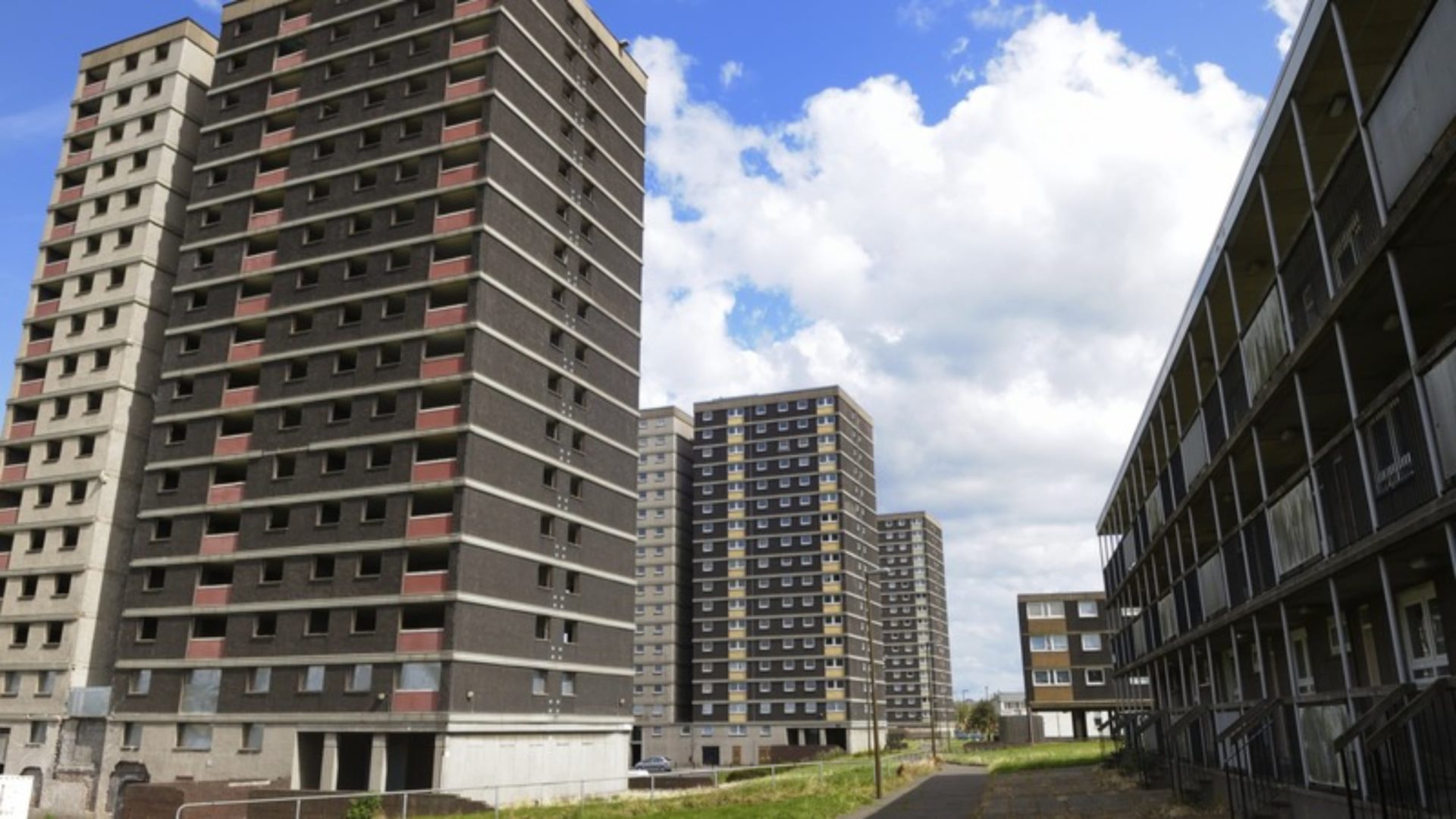
The Chartered Institute of Building has welcomed the government’s requirement on all new buildings of 18 metres or higher to have a second staircase.
Housing secretary Michael Gove confirmed the second staircase mandate today (24 July) “following confirmation from expert bodies that they support this threshold”.
“This responds to the call from the sector for coherence and certainty,” said a statement from the Department for Levelling Up, Housing and Communities (DLUHC). “This is a considered and gradual evolution of safety standards, which, when taken with our other fire safety measures and reforms, ensures the safety of people in all tall buildings – both new and existing.”
Last year, DLUCH launched a consultation on compulsory second staircases in new residential buildings over 30m, as well as the installation of sprinkler systems in care homes, regardless of height. But the National Fire Chiefs Council (NFCC) urged the government to mandate a second staircase on all new buildings above 18m.
Until now, tall buildings in England only require a single staircase. In Scotland, all buildings 18m tall (or seven storeys) have required two staircases since 2019.
In February, the mayor of London introduced a rule with immediate effect requiring a second staircase on all new applications of buildings over 30m.
‘The best solution’
CIOB director of policy, external affairs and research, Eddie Tuttle, said: “The safety of residents and emergency services workers is paramount and can never be understated.
“We have always believed the proposal to mandate secondary staircases for buildings over 18 metres tall to be the best solution as it provides a more comprehensive strategy in ensuring all high-risk buildings have more than one means of a safe entrance and exit. Not only does it make exiting buildings in the event of an emergency easier, but it also allows emergency workers to avoid interruption.
“CIOB is delighted the government has listened to our feedback, together with the Royal Institute of Chartered Surveyors and Royal Institute of British Architects. We hope they will continue to listen to our expertise throughout the remaining lifetime of the evolving Building Safety Act and its secondary legislation.”
Comments
Comments are closed.












I agree with the second staircase requirement having carried out many high rise improvements and upgrades in the past for a Local Authority in the Midlands however the general instructions to tenants is to stay in their flats until help arrives – there is a risk with the provision of a second staircase that tenants would try and leave the building thinking that because there is a second staircase it would be safe to do so unfortunately there is no knowing which staircase may be affected by the fire therefore increasing the risk of injury by trying to escape from the building.
Maybe to help tenants in the case of a fire spreading up the outside of the building then back into the building at each floor level, as happened at Grenfell, would be to install a sprinkler/flood system on the outside of a high rise building – this could be automatic or controlled by a a responsible person be it the local authority, the fire brigade or an appointed specialist.
Will this mandate be coming in to force in Northern Ireland, if so is there a timeline?